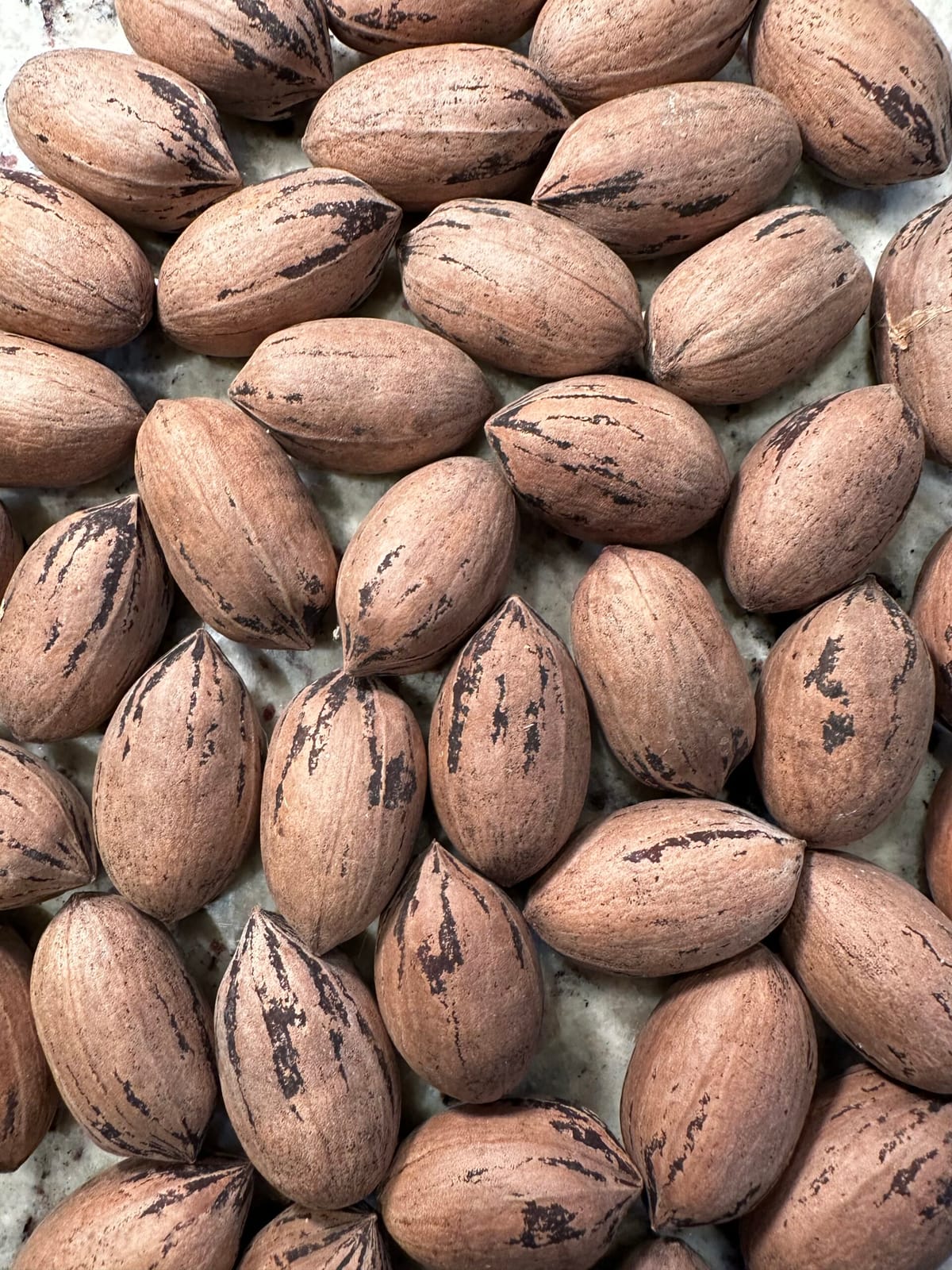Recent Pecan issues in Avoyelles Parish: Pecan Borer

By: Molly Lyles
In the past few weeks, there has been a noticeable increase in Avoyelles Parish calls regarding issues with tree borers in pecans.
Tree borer is a general term used for various species of insects that tunnel into tree trunks and branches, often leading to dieback and structural damage.
One of these species for pecans is the flat-headed apple borer.
This insect tends to attack stressed or unhealthy trees.
The larvae burrow into the bark and sap wood of the trunk and large branches.
Homeowners typically are first alerted to this issue when they notice a major branch has browned and died back on their pecan tree.
Upon closer inspection, they find small holes in the bark and a trail of sawdust — which is a sign of borer activity.
In young trees, the damage can be even more severe, as the larvae may girdle the entire trunk, cutting off the tree’s vascular system and ultimately killing it.
About the Flat-Headed Apple Borer
The flat-headed apple borer damages the trees during the larval stage.
The larvae are about ½ inch long with a blunt head (hence the name) and a tapering abdomen.
They have a creamy white, segmented body with a flattened segment behind the head.
This insect overwinters as larvae in the tree, emerging in the adult form in the spring or summer.
Adults are dark gray to brown metallic in color and about ½ inch long.
Females lay eggs in bark cracks and injuries on trees and produce one generation per year.
How Do You Treat This?
Unfortunately, by the time most homeowners notice the damage, there is no effective treatment.
Most of the calls that I have received have been for large pecan trees whose main branch has already died back, meaning that it is too late for treatment and the tree is now structurally compromised.
This is why prevention is the best management strategy.
Flat-headed apple tree borers take advantage of already stressed trees.
Transplant shock, drought, sun scald, wounds, or poor growing conditions are common factors that induce stress.
Prevention and Management
To reduce the chance of infestation, it is important to keep trees healthy.
Regular watering, especially during dry periods, and avoiding injury to the trunk can go a long way.
Chemical control may also help as a preventative measure.
- Imidacloprid can be applied as a soil drench in the spring.
- Bifenthrin or another pyrethroid can be sprayed on the trunk during spring and summer when the adults are active to reduce the chance of infestation.
For more information, contact your local Avoyelles Parish Office in Mansura.

Comments ()